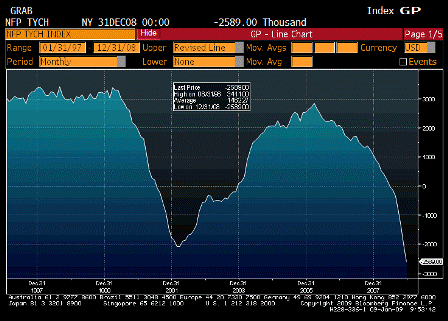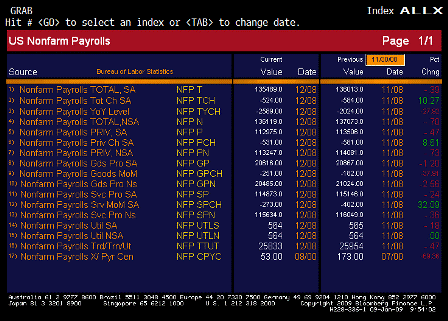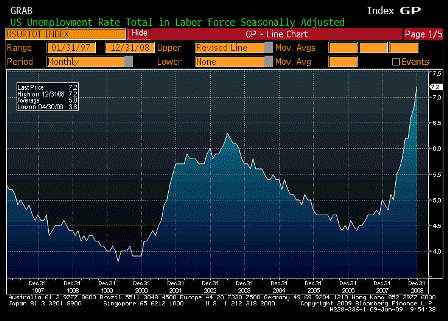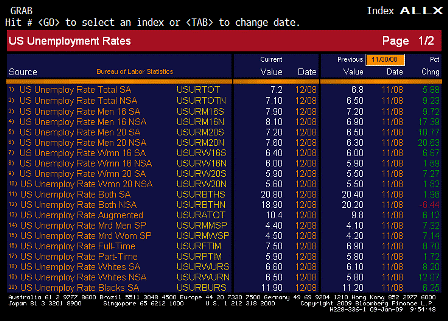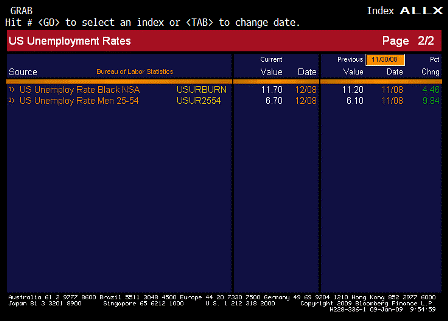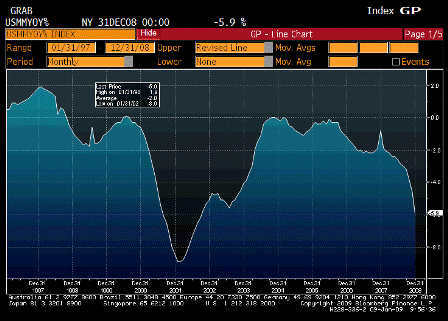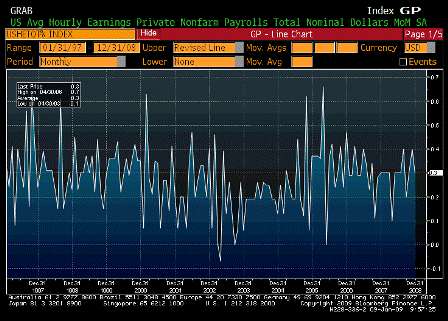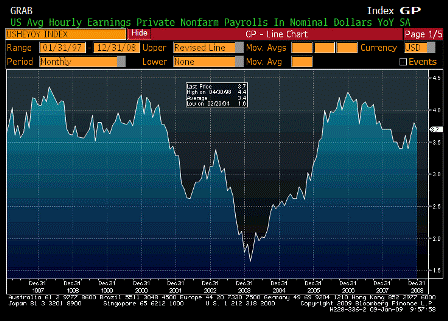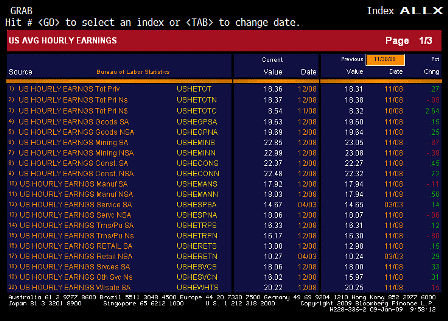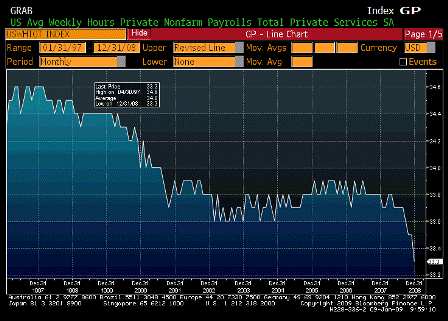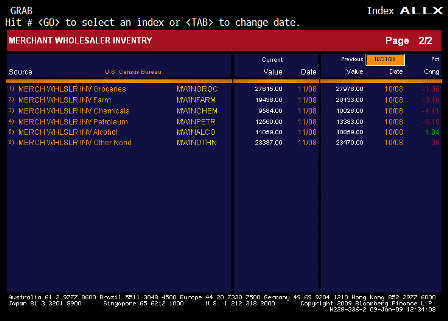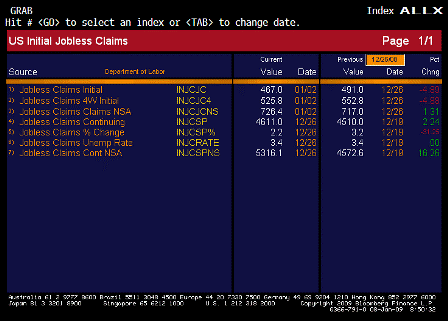(email exchange)
Thanks, Dave, as we thought, the ECB isn’t involved. The CB is an arm of the national government, so, when they do sell the excess securities, the government is then and thereby funded without ECB involvement of any kind. A more serious ‘failure’ would be when the dealers won’t/can’t buy the excess from the CB.
>
> Warren,
>
> In terms of Germany’s failed auction, the
> German Central Bank at their discretion will call
> up one of leading primary dealers and sell the
> bonds they bought at the auction directly to
> the dealer. According to ML, they hold bonds
> back in every auction so they have quite a bit
> of flexibility to sell other bonds they hold in
> their portfolio in order to meet the auction
> shortfall if necessary. I am getting some
> history for the last year on German auction
> results and will pass it along when I get it.
>
>
> On Fri, Jan 9, 2009 at 8:13 AM, Dave wrote:
>
> Average amount of bonds bought by German
> Central Bank (BBK) over last 12-15 auctions:
>
> 2yr: 1.2 bb vs. average announced
> issue size of 7.2 bb, 17%
> 5yr: 0.7 bb vs. average announced issue
> size of 5.3 bb, 13%
> 10yr: 1.5 bb vs. average announced issue
> size of 6.7 bb, 22%
> 30yr: 0.7 bb vs. average announced issue
> size of 5.1 bb, 14%
>
> Bonds were bought by BBK at every one of
> these auctions and for each maturity
>
> The 2yr auction has failed total bids
> (announced issue size) 2x in the last 13
> auctions, the 5yr has failed 2x in the last 15
> auctions, the 10yr auction has failed 5x in the
> last 11 auctions (note that the last 2 auctions
> have failed), and for the 30yr 3x in the last 12
> auctions.
>
> DV
>
[top]




